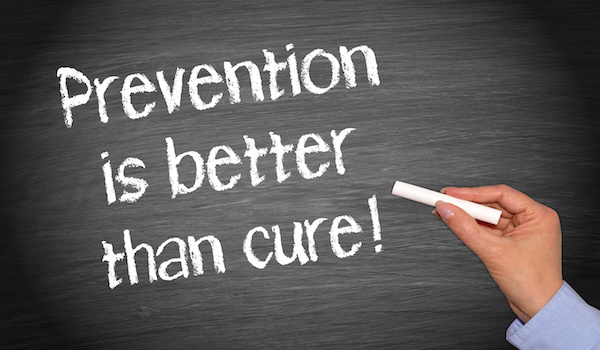
THURSDAY, Aug. 16 (HealthDay News) — Two-thirds of Americans aged 15 to 24 have engaged in oral sex, according to a broad new survey of young people’s sexual habits.
The data, published Aug. 16 in the U.S. Centers for Disease Control and Prevention’s National Health Statistics Reports, also reveals that about one-quarter of young people try oral sex before they engage in intercourse.
“I don’t think these numbers are surprising, but I do think that it’s important that this data has been captured at all, because it’s really important to have, and has for a long time been a fuzzy area in our understanding of sexual behavior,” said one expert, Dr. Christopher Hurt, A clinical assistant professor in the division of infectious disease at the University of North Carolina.
He said the findings are also valuable because too many people of all ages mistakenly believe that oral sex is “risk-free.”
“That’s not the case,” Hurt said. “Studies looking, for example, at patients visiting STD [sexually transmitted disease] clinics have shown that 5 to 10 percent have gonorrhea in the throat. And it’s often asymptomatic and can be transmitted through oral sex.”
Gonorrhea is becoming increasingly resistant to antibiotics, and a report released last week by the CDC noted that certain strains are resistant to all but one such drug. Oral sex can also raise risks for infection with chlamydia, herpes and syphilis, the CDC noted.
Oral sex is also increasingly linked to transmission of the human papillomavirus (HPV), which may be linked to cancers of the throat and oral cavity, in addition to cervical cancer, experts say.
While the odds of contracting any sexually transmitted disease from oral sex remain lower than that for unprotected intercourse, the CDC has stated that “numerous studies have demonstrated that oral sex can result in the transmission of HIV and other sexually transmitted diseases.”
The new report is based on data from the agency’s seventh National Survey of Family Growth, involving interviews conducted between 2007 and 2010 with nearly 22,700 people between the ages of 15 and 44.
Even though the survey found that about one-quarter of Americans aged 15 to 24 engaged in oral sex before they moved on to intercourse, for about another quarter of respondents the opposite was true — they tried penile-vaginal intercourse prior to engaging in oral sex. Among males, 12 percent said their first experience with both practices occurred at the same time, while a little more than 7 percent of women said that that was the case for them.
Examining behaviors solely among the youngest participants — those 15 to 19 years old — the CDC team found that more than half of American girls and boys in this age group had already engaged in some form of sexual contact with someone of the opposite sex (55 percent of girls and 58 percent of boys).
Among the survey’s other findings:
- About 5 percent of women and nearly 7 percent of men aged 15 to 24 said that at the time of the survey they had only engaged in oral sex, not intercourse. Another 28 percent of women and nearly 29 percent of men said they had had no sexual experiences with an opposite-sex partner whatsoever.
- Among girls aged 15 to 19 years, oral sex and vaginal intercourse experience were equally common (48 percent and 47 percent, respectively), while among similarly aged boys oral sex was slightly more common (49 percent) compared to intercourse (44 percent).
- Rates of sexual behaviors did not appear to vary widely by race. For example, among females aged 15 to 24, nearly three-quarters (74 percent) of black women, 68 percent of Hispanic women and 66 percent of white women said they had had vaginal intercourse.
- Among males aged 15 to 24, about seven in 10 black and Hispanic men said they had had intercourse, compared with 63 percent of white men. There were no appreciable racial differences observed in terms of the percentages of those who said they had engaged in oral sex, the CDC survey found.
According to Hurt, young people need to be properly armed with knowledge before they engage in their first sexual activity, and that includes information on the risks that accompany oral sex.
“I would say that the risk of STD transmission through oral sex is underappreciated and underestimated,” he said. “As part of sex education programs, kids need to be made aware of that fact: that oral sex is not a completely risk-free activity.”
More information
To find out more on safe sexual activity, head to the U.S. National Library of Medicine.

